Since its invention in 1997, Invisalign has become one of the most popular and sought-after orthodontic treatment options. Unlike traditional metal braces, Invisalign consists of a series of discrete, clear, and corrective plastic aligners that gradually straighten teeth.
As with braces, Invisalign is a significant investment in your teeth’s health, appearance, and function. One of the most common questions that we receive at our office is whether Invisalign hurts or causes discomfort in any way.
If you are also wondering about does Invisalign hurt or is uncomfortable, this post is for you. We are going to answer this question in detail to help you decide whether you want to pursue this option or traditional braces as your preferred treatment.
How is Invisalign Painful or Uncomfortable?
Braces and Invisalign both involve moving and shifting your teeth. As they grow in, your teeth and your mouth as a whole become accustomed to their positioning, even if they are crooked or improperly spaced.
Instead of continuously adjusting the same metalwork in one’s mouth, Invisalign involves changing plastic aligners throughout specific periods in the course of treatment. The first aligner will initiate the process and is often considered the most painful or uncomfortable, depending on your individual set of teeth.
For teeth that are more severely misaligned, the first aligner may feel slightly painful or uncomfortable to wear. This will usually last for the first 2 or 3 days of the treatment and is considered a completely normal part of the process.
After these first few days have passed, your mouth will become more acclimated to the feeling of the aligner. If you are in need of pain relief during this time, drink cold water, melt an ice cube in your mouth, or hold an ice pack up to the part of your jaw where the most pain is present. These measures can help reduce any discomfort without having to remove the aligner.
Will Each Aligner Cause Pain Over the Course of Treatment?
Though everyone’s mouth is different, subsequent aligners typically cause very little to no pain as you switch them. There may be some initial mild discomfort during the first day or so of wearing your new aligner, but this is also considered a normal aspect of the treatment.
To prevent further pain, we always recommend wearing your Invisalign aligners as much as possible, and as directed, during the full course of treatment. Leaving them out for too long and trying to reinsert them can cause additional pain and also could result in having to recreate entire new aligners if the teeth have shifted enough and settled in new positions instead of returning to their previous misalignment.
Caring for Invisalign Aligners During Treatment
During the course of treatment, follow all care instructions to properly maintain your aligners. This will help prevent them from cracking, breaking, or becoming contaminated.
Invisalign sells a range of cleaning products specifically formulated for their aligners. If you choose to use any of these solutions, be sure to follow the directions carefully to prevent any damage to the material.
For aligners that have yet to be used, keep them in their original packaging until it is time to switch over to them from your previous mouthpiece. Do not throw away any old mouthpieces until the treatment has been completed. In the case where the teeth may shift back to a misaligned position, your orthodontist may recommend returning to an older aligner if it is still compatible.
Should You Choose Invisalign Over Traditional Braces?
Invisalign is often the preferred treatment for adults over the age of 18. Though many will opt for metal braces, especially in cases of severe misalignment, the discrete appearance of Invisalign is often preferred.
This does not mean that minors and children cannot use Invisalign, though. As metal braces are more common in children and teens than adults, the discreet appearance of Invisalign may not be as important or desirable for younger patients.
Younger patients that receive orthodontic work often do so to prevent misalignment from worsening over time. Braces can be a more powerful and long-lasting solution, especially where intensive early intervention is needed.
Another factor to consider is the cost of Invisalign versus the cost of braces. To create the custom aligners, there are typically additional lab fees associated with Invisalign that are not found with metal braces. However, at Henry Orthodontics, we offer very generous and extended financing options at zero-percent interest to help you more easily afford whichever treatment you prefer.
Get Invisalign Treatment in St. Augustine, FL
At Henry Advanced Orthodontics, we provide comprehensive Invisalign treatment options to patients of all ages in the St. Augustine, FL area. To help remove many of the traditional financial barriers associated with Invisalign, we also offer generous financing that can extend past the course of the treatment if needed.
If you have any questions about your first visit or need more information on Invisalign before making your decision on the best orthodontic treatment for your teeth, contact us today to schedule an appointment with us.
